Test results show bacterial composition differed significantly depending on water salinity
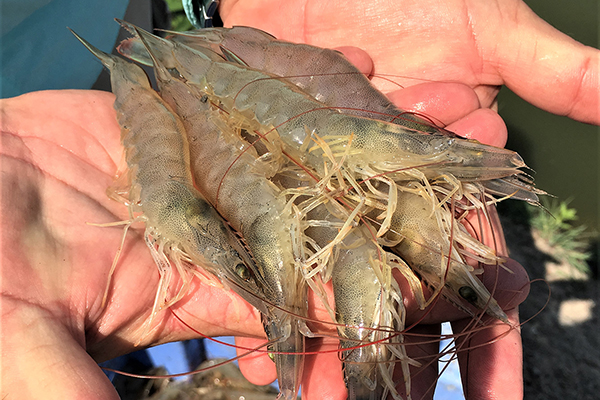
The Pacific white shrimp (Litopenaeus vannamei) is the most cultivated shrimp species worldwide. Its native habitat is the eastern Pacific coast of South America with an average water temperature of above 20 degrees-C and a salinity of 34–37 ppt. In aquaculture, this species is typically produced in ponds at water temperatures between 26–32 degrees-C, mostly in South America and Asia. By developing land-based recirculating aquaculture systems (RAS), the production of L. vannamei has become possible also in northern European countries and North America in inland farms independent from natural sea water.
The main challenges of keeping shrimp in RAS are the maintenance of high water temperatures and appropriate salinities. By using waste heat from biogas plants, the heating of RAS water can be achieved in a sustainable way. As L. vannamei are very tolerant against low or moderate salinity levels, RAS for on-growing shrimps after the post-larval stage are often operated at a salinity of 10–15 ppt to reduce costs for artificial sea salt and the amount of salty wastewater. This contributes further to the sustainability of a local shrimp production. However, even though shrimp tolerate brackish salinities, their innate immunity can be suppressed when the salinity in water is reduced, especially when the ion composition is suboptimal.
In marine and brackish water RAS, a great variety of Vibrio spp. can be found. These are ubiquitous bacteria in seawater and brackish water, with a share of the bacterial community of up to 40 percent. Several Vibrio spp. form a part of the natural microflora of fish and shellfish, but some species can also act as facultative (discretionary) pathogens for shrimp or finfish. In particular, V. alginolyticus, V. campbellii, V. harveyi, V. owensii and V. parahaemolyticus are potential pathogens for shrimp. Some species of Vibrio are known to be potentially pathogenic for humans as well, and especially V. cholerae, V. parahaemolyticus and V. vulnificus are major causes of seafood-borne illnesses.
This article – adapted and summarized from the original publication [Bauer, J. et al. 2021. Impact of a reduced water salinity on the composition of Vibrio spp. in recirculating aquaculture systems for Pacific white shrimp (Litopenaeus vannamei) and its possible risks for shrimp health and food safety. J. Fish Diseases 44(1):89-105] – reports on an investigation of the influence of lowered salinity in shrimp RAS on the composition of Vibrio spp., comparing salinities of 15 and 30 ppt. Additionally, the pathogenicity factors of the main detected species at each salinity were analyzed to assess the potential risk for shrimp health and food safety.
Study setup
Water samples analyzed originated from six different RAS stocked with L. vannamei of different ages and under different production conditions. Three RAS were maintained at a salinity of around 30 ppt, and three RAS were maintained at a salinity of around 15 ppt. RAS 1, 3, 5 and 6 were located in different research facilities. RAS 1 and RAS 3 consisted of three 100-liter holding tanks. RAS 5 and RAS 6 consisted of three 70-liter holding tanks.
All RAS in research facilities were stocked with specific pathogen-free L. vannamei from a commercial hatchery (Florida, USA). Samples from RAS 2 and RAS 4 originated from commercial production facilities for L. vannamei located in Northern Europe. RAS 2 consisted of two 7,000-liter holding tanks, and RAS 4 consisted of four 88,000-liter holding tanks. Water samples from each holding tank of both RAS were analyzed.
For detailed information on the sampling and analyses for total bacterial numbers and species identification; pathogenicity and other analyses; and statistical analysis, refer to the original publication.
Results and discussion
In recent years, the production of tropical shrimp like L. vannamei is growing (at relatively small scale) in Northern European countries in land-based recirculation systems far away from the sea. The maintenance of an optimal chemical and microbiological water quality is crucial for shrimp health in RAS, especially when only low amounts of water are exchanged during the production cycle. Issues in water temperature and chemical water quality, like increased ammonia and nitrite concentrations as well as suboptimal pH levels, might lead to a higher susceptibility of the animals to bacterial infections, for example, caused by V. alginolyticus.
Changes in water salinity are crucial for shrimp health as well. L. vannamei reportedly grows best at 24 ppt but they can tolerate a wide range of salinities, up to 45 ppt. This is exploited in RAS production, where the salinity is often reduced to 10–15 ppt after the post-larval stage to reduce the costs for artificial sea salt and also to lower the salt content in wastewater. When culturing L. vannamei at higher salinities from 25 up to 45 ppt, the animals maintain good growth, but keeping them at low salinities requires the maintenance of optimal potassium (K+) and magnesium (Mg2+) concentrations in the artificial sea water to achieve optimal weight gains. Furthermore, the ratios of Na: K (sodium: potassium) and Mg: Ca (magnesium: calcium) also have to be considered as possible disruptive factors and need to be kept within optimal ranges. If these ions are not adjusted in shrimp aquaculture, low salinity may lead to a higher susceptibility to bacterial pathogens like V. alginolyticus.
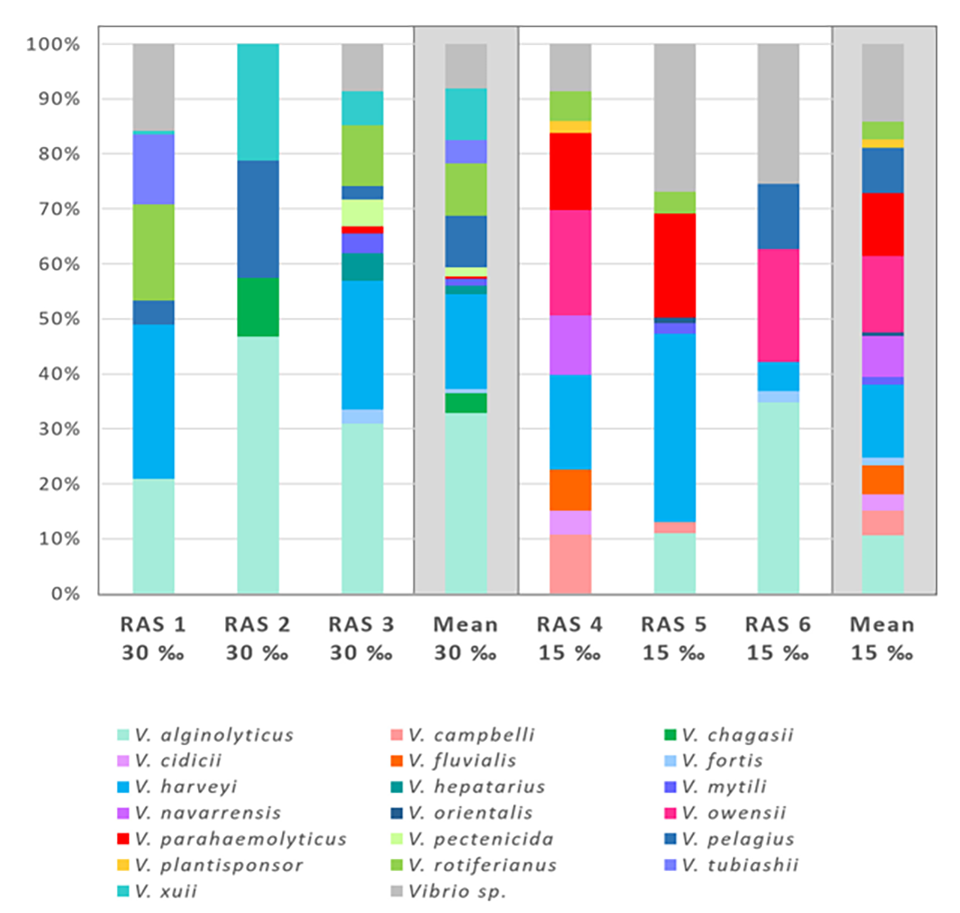
In our study, V. alginolyticus was detected at different salinities, but more frequently in the RAS run at 30 ppt salinity. V. alginolyticus is often used in infection experiments as a secondary pathogen to investigate the effects of different water conditions on shrimp. This bacterium can induce clinical signs of disease and a decreased innate immunity in L. vannamei, but chemical and physical water parameters are reportedly decisive for disease severity. The higher numbers of V. alginolyticus we detected in RAS run at a salinity of 30 ppt do not appear to be alarming.
Vibrio harveyi was present in all our RAS, except RAS 2 and only a few examined isolates tested positive for the studied pathogenicity factors. Other Vibrios – V. parahaemolyticus, V. owensii and V. campbellii – were found in higher numbers in water from the RAS run at a reduced salinity of 15 ppt compared to the RAS run at 30 ppt, whereas V. owensii was detected only in RAS 4. V. parahaeomolyticus is known as an opportunistic pathogen that is commonly present in sea water and brackish water and has caused significant disease mortalities (Acute Hepatopancreatic Necrosis Disease, AHPND) in cultured shrimp since about 2009.
All isolates of V. owensii examined in the present study tested negative for the AHPND toxin genes (pirA,B) and only a few of the examined isolates tested positive for other pathogenicity factors. Nevertheless, as V. owensii might also carry the AHPND toxins and could only be detected in one of the RAS with a low water salinity of 15 ppt, a reduced salinity seems to be a risk factor for infections of shrimp by V. owensii.
All examined V. campbellii isolates in the present study tested negative for AHPND toxin genes and all other analyzed pathogenicity factors. V. campbellii was only detected in the RAS run at 15 ppt, so it could be a potential threat to shrimp in systems with lowered salinity.
Perspectives
Our results show that the Vibrio population in water of shrimp RAS differed significantly depending on water salinity. In RAS at a lower salinity of 15 ppt, higher numbers of the potential pathogenic species V. parahaemolyticus, V. owensii and V. campbellii were detected, all of which might produce the toxins that cause Acute Hepatopancreatic Necrosis Disease (AHPND) in shrimp. In water with a high salinity of 30 ppt, these species were virtually absent.
The toxins were not detected in any of the isolates, but as multiple other pathogenicity factors were present, especially in the examined V. parahaemolyticus isolates, it can be concluded that a reduced salinity may lead to a shift in Vibrio populations towards pathogenic species and thereby increase the risk of disease outbreaks in shrimp in RAS. When considering reducing the salinity in RAS for shrimp production, not only the negative effects on shrimp innate immunity but also the shift in Vibrio species composition should be considered.
Now that you've reached the end of the article ...
… please consider supporting GSA’s mission to advance responsible seafood practices through education, advocacy and third-party assurances. The Advocate aims to document the evolution of responsible seafood practices and share the expansive knowledge of our vast network of contributors.
By becoming a Global Seafood Alliance member, you’re ensuring that all of the pre-competitive work we do through member benefits, resources and events can continue. Individual membership costs just $50 a year.
Not a GSA member? Join us.
Authors
-
Dr. Julia Bauer
Fish Disease Research Unit, University of Veterinary Medicine Hannover, Hannover, Germany
-
Dr. Felix Teitge
Fish Disease Research Unit, University of Veterinary Medicine Hannover, Hannover, Germany
-
Lisa Neffe, M.S.
Fish Disease Research Unit, University of Veterinary Medicine Hannover, Hannover, Germany
-
Dr. Mikolaj Adamek
Fish Disease Research Unit, University of Veterinary Medicine Hannover, Hannover, Germany
-
Dr. Arne Jung
Clinic for Poultry, University of Veterinary Medicine Hannover, Hannover, Germany
-
Christina Peppler
Polyplan-Kreikenbaum Group GmbH, Bremen, Germany
-
Dr. Dieter Steinhagen
Fish Disease Research Unit, University of Veterinary Medicine Hannover, Hannover, Germany
-
Dr. Verena Jung-Schroers
Corresponding author
Fish Disease Research Unit, University of Veterinary Medicine Hannover, Hannover, Germany[101,100,46,114,101,118,111,110,110,97,104,45,111,104,105,116,64,115,114,101,111,114,104,99,115,45,103,110,117,106,46,97,110,101,114,101,86]
Tagged With
Related Posts
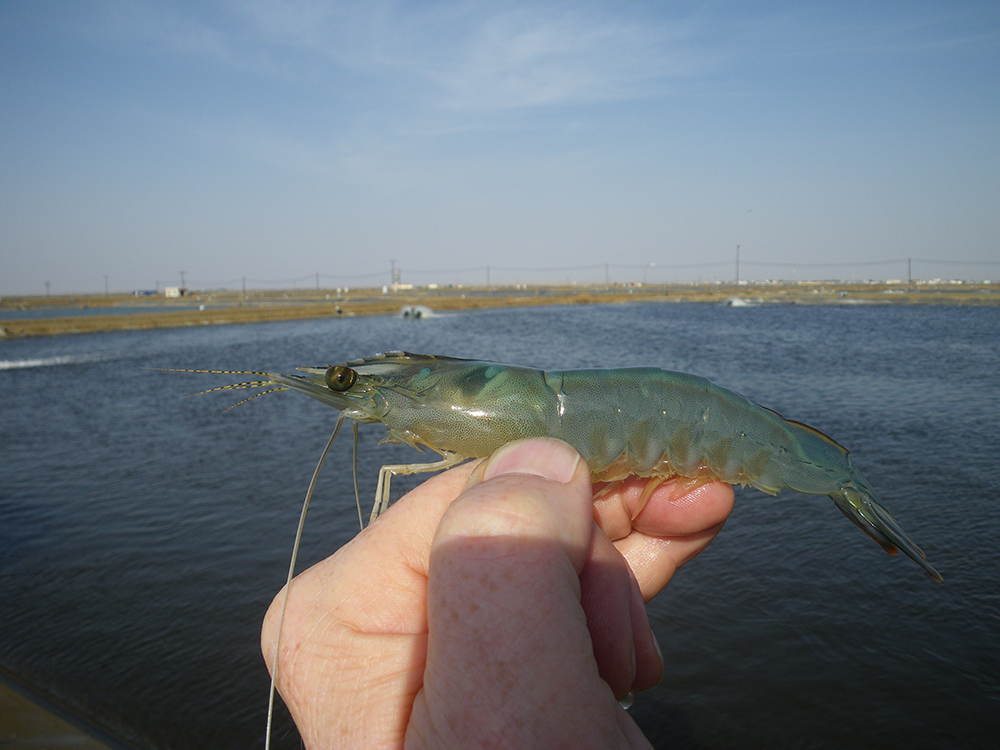
Health & Welfare
EHP a risk factor for other shrimp diseases
Laboratory challenges and a case-control study were used to determine the effects of EHP infection on two Vibrio diseases: acute hepatopancreatic necrosis disease (AHPND) and septic hepatopancreatic necrosis (SHPN).
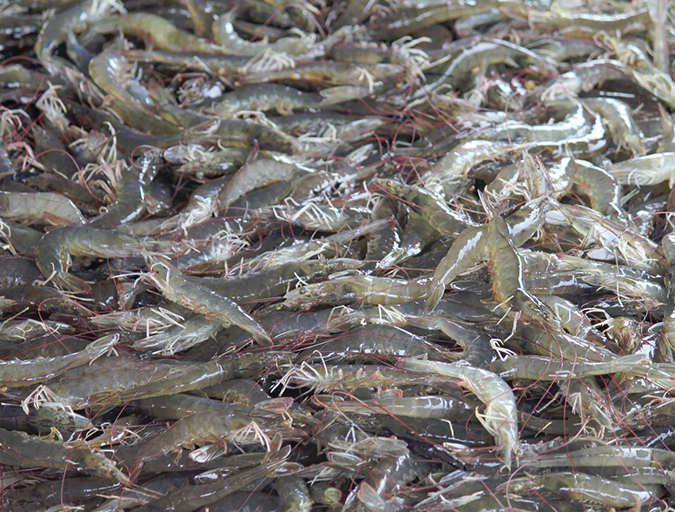
Health & Welfare
Four AHPND strains identified on Latin American shrimp farms
Two virulence genes are known to encode a binary photorhabdus insect-related toxin that causes acute hepatopancreatic necrosis disease in shrimp. The pathogenicities of these V. campbellii strains were evaluated through laboratory infection and subsequent histological examination in P. vannamei shrimp.

Health & Welfare
Potential applications of bacteriophages for AHPND control
Study demonstrates that isolated phages tested are effective in controlling AHPND infection in farmed penaeid shrimp and inhibiting bacterial growth.
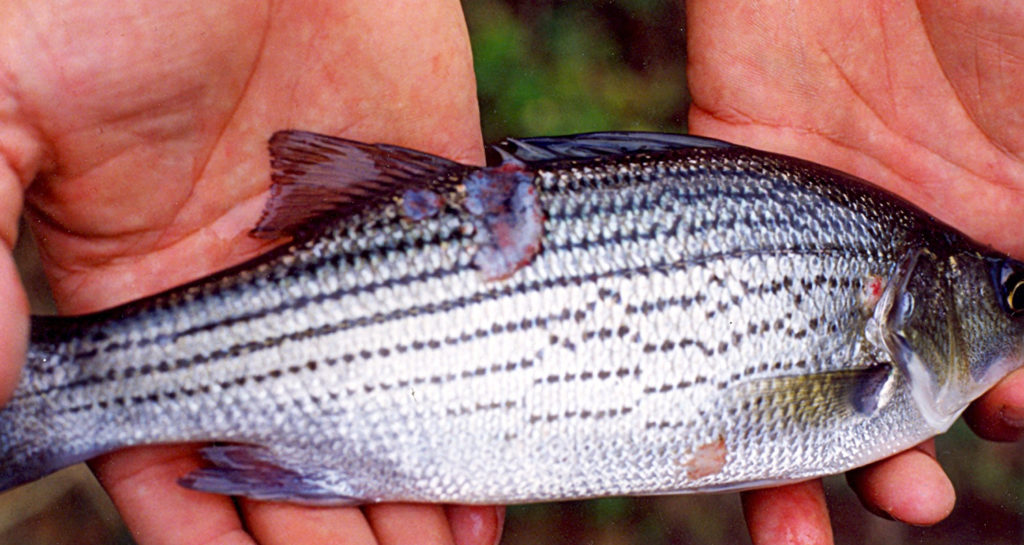
Health & Welfare
Vibrio harveyi, a significant pathogen of maricultured species
Vibrio harveyi is a serious pathogen for several important maricultured fish and invertebrates in warm waters of Asia, southern Europe and South America.



